20 Companion Plants for Cilantro (With Pictures)
-
- Last updated:
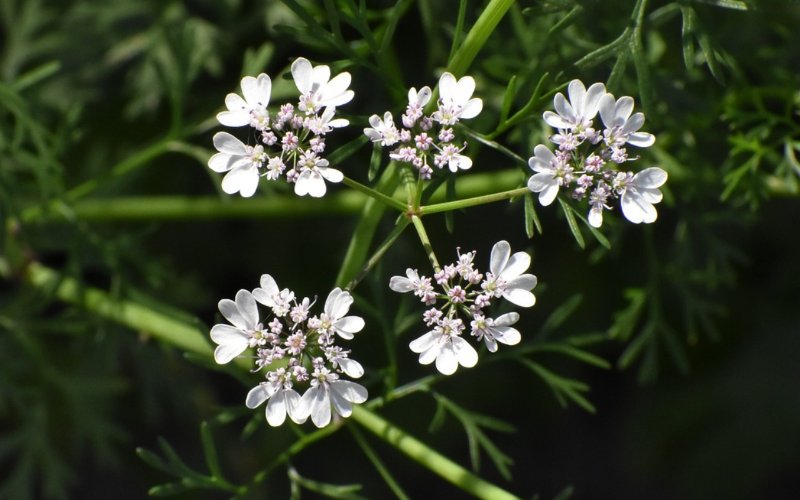
Cilantro, or coriander, is an annual herb that is quite easy to grow, yields a decent crop typically within a month of planting, and all parts of the plant can be used in cooking. Although it grows well in full sun, high-noon sunlight can cause the leaves to burn, and too much direct sunlight can cause it to go to seed early. It prefers slightly acidic soil that drains quickly, but this cool-weather-loving herb is frost sensitive.
When looking for companion plants for cilantro, you can look for those that will provide a little shade from the high sun, plants that convert nutrients into nitrogen, and those that enjoy the same growing conditions.

The 20 Best Companion Plants for Cilantro
Below, we have listed 20 companion plants for cilantro, as well as five plants that should not be grown next to or in too close proximity to this herb.
1. Anise

| Latin name: | Pimpinella anisum |
Anise is an ancient spice and is a member of the parsley family. Its fruit has a licorice-like flavor and aniseed is used to flavor food and baked goods. It is also said to have anti-inflammatory properties.
The plant will grow to 2 feet or taller. Anise enjoys the same growing conditions as cilantro, and the two plants complement one another. Anise helps germinate the cilantro and cilantro returns the favor.
2. Asparagus
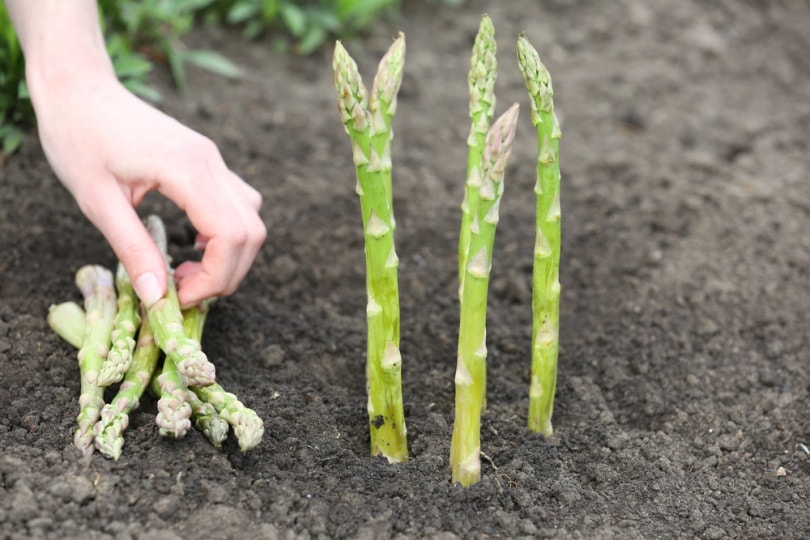
| Latin name: | Asparagus officinalis |
Cilantro generally requires about 6 hours of direct sunlight a day, ideally not when the sun is at its hottest. To help provide a little shade for parts of the day, you can use companion plants with large leaves that offer a little shade.
Asparagus will offer that shade, and because the cilantro has shallow roots, it won’t take all the nutrients that the asparagus needs, either.
3. Basil
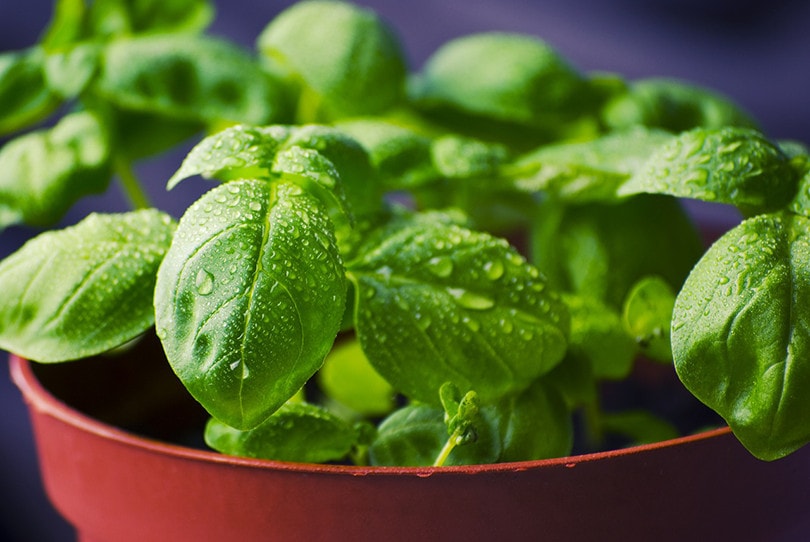
| Latin name: | Ocimum basilicum |
Basil and cilantro have many of the same growing requirements. They both benefit from moist soil and sun. What’s more, cilantro’s ability to deter aphids and beetles means that you will be providing extra protection for your basil, too. They also combine well in chimichurri, pesto, and other foods, so they’re great companions while growing and after.
3. Beans
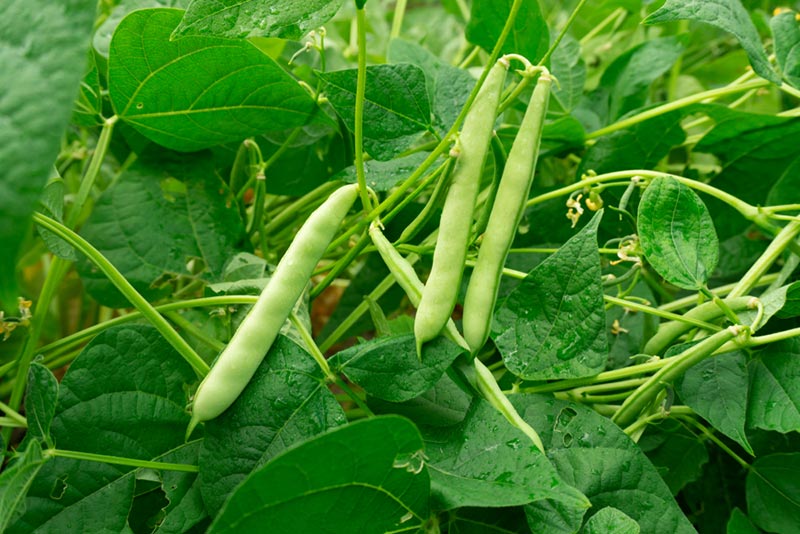
| Latin name: | Phaseolus vulgaris |
Cilantro does well in a nitrogen-rich environment, turning the nitrogen into nitrates and benefiting from the additional nutrients. Therefore, the herb does well when planted with a companion that adds nitrogen to the soil.
Pretty much any variety of beans will add nitrogen to the soil, including common beans, runner beans, and string beans.
5. Broccoli

| Latin name: | Brassica olerecea |
Broccoli and other Brassicas, including kale and cauliflower, enjoy a number of benefits from being planted with cilantro. Cilantro is a light feeder, which means it won’t devour all the nutrients in the soil, leaving the remainder for the broccoli. And the broccoli also benefits from the pest-repellent properties of the cilantro.
6. Celery
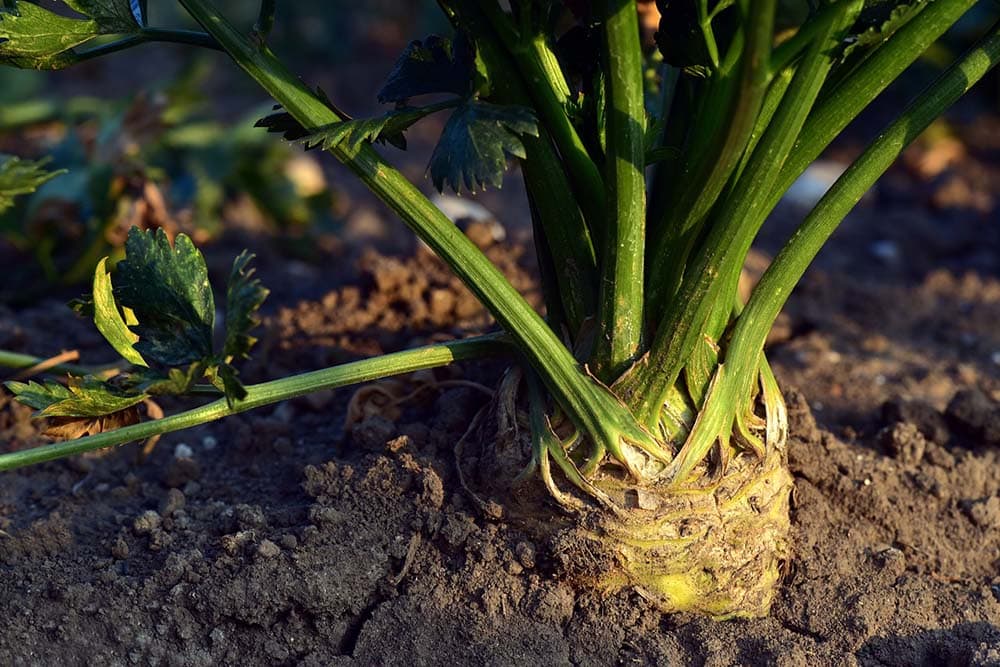
| Latin name: | Apium graveolens |
Celery is another member of the parsley family, like anise from above. Primarily, the benefit of planting these two together is that the highly scented properties of cilantro will repel aphids and other bugs, which means that your celery will have the full opportunity to grow.
7. Chervil

| Latin name: | Anthriscus cerefolium |
Cilantro is an effective plant for deterring certain bugs and pests, but it can still benefit from some herby friends that assist in keeping the bugs at bay. Sometimes called French parsley, chervil is another good bug repellent. Planting the two together provides double the bug protection for the plants.
8. Coreopsis
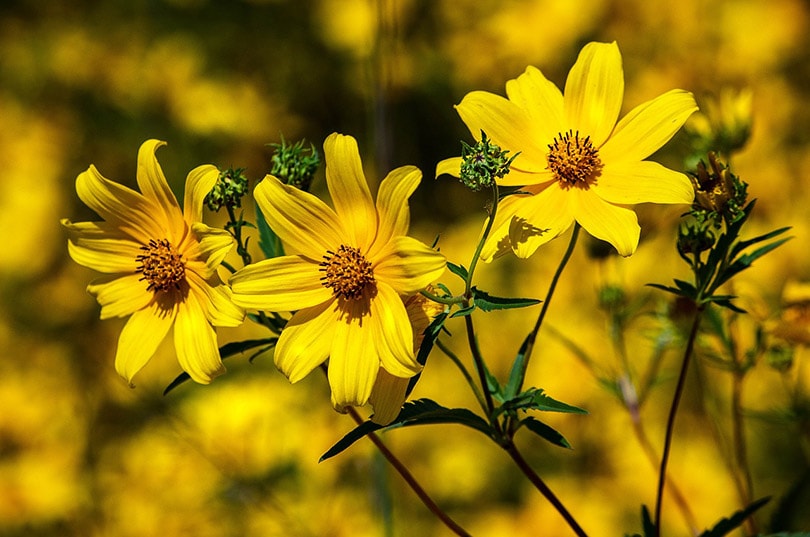
| Latin name: | Coreopsis |
Not all insects are bad for your cilantro, of course. In particular, certain types of beetles and larvae will eat aphids, preventing them from decimating your cilantro.
Coreopsis is a pretty perennial that comes in a selection of colors, and it will attract the beneficial insects that protect your cilantro.
9. Cosmos
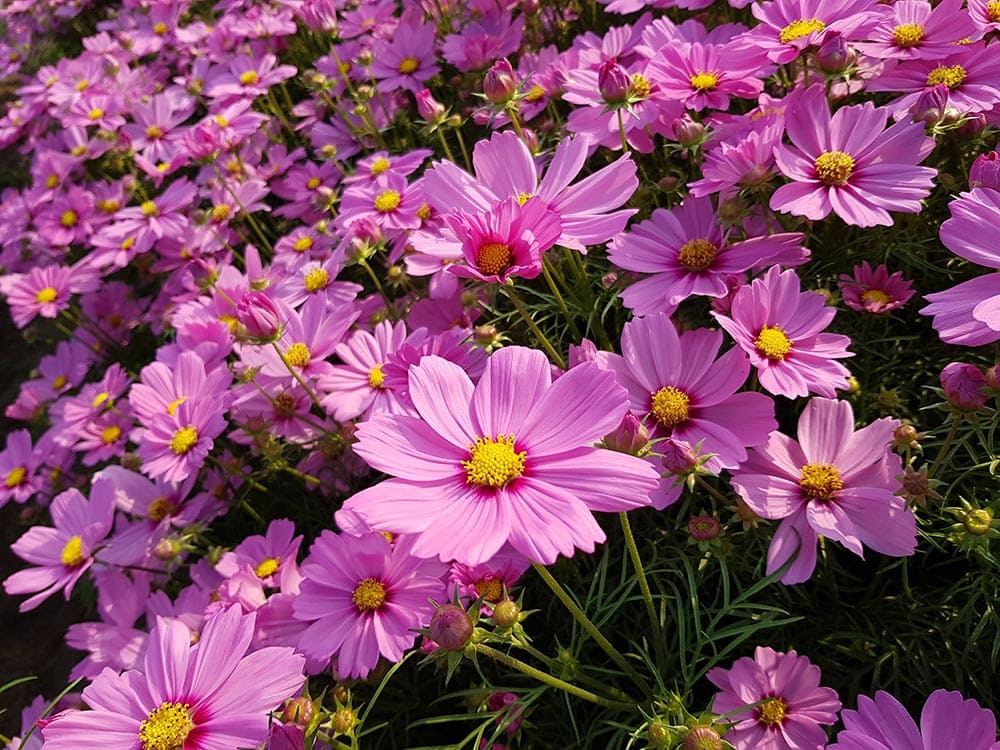
| Latin name: | Cosmos bipinnatus |
Cosmos is another pretty flowering plant that works well when planted with cilantro. It has comparatively tall stems, and its flowers produce a good amount of shade that can help protect cilantro leaves and ensure that they don’t burn in the hot sun. What’s more, cosmos are also very good at attracting pollinators like butterflies.
10. Dill
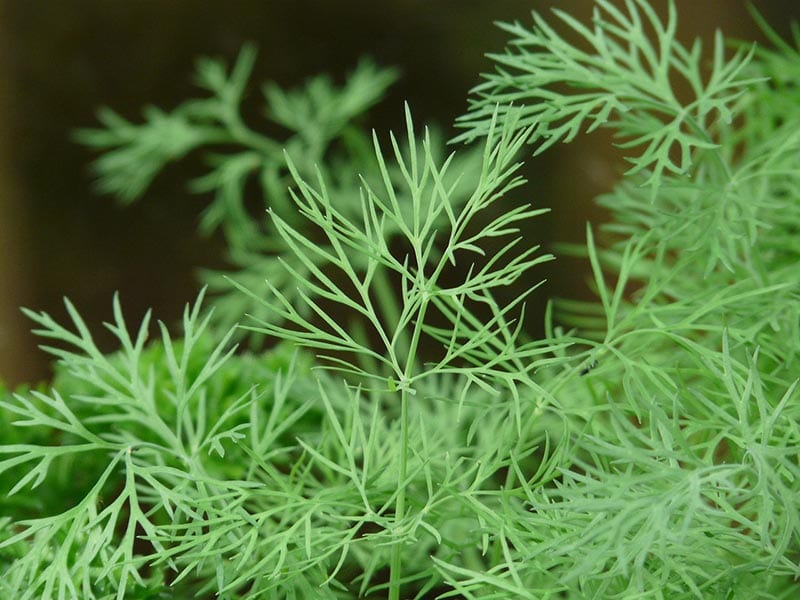
| Latin name: | Anethum graveolens |
Dill enjoys the same growing conditions as cilantro, and this is another great herb for use in cooking. Dill seeds have also long been used as an herbal medicine. However, there are some reports that dill can cross-pollinate with cilantro, so you may want to avoid planting them together if you intend to have either of the plants self-seed.
11. Ginger

| Latin name: | Zingiber officinale |
Ginger is a great accompaniment to cilantro in the kitchen, and the cilantro’s bug-repellent properties make them good flower bed companions, too. Ginger needs warmth and doesn’t tolerate frost, so you may need to overwinter the spicy root or treat it as an annual and plant some more ginger next year.
12. Lupins
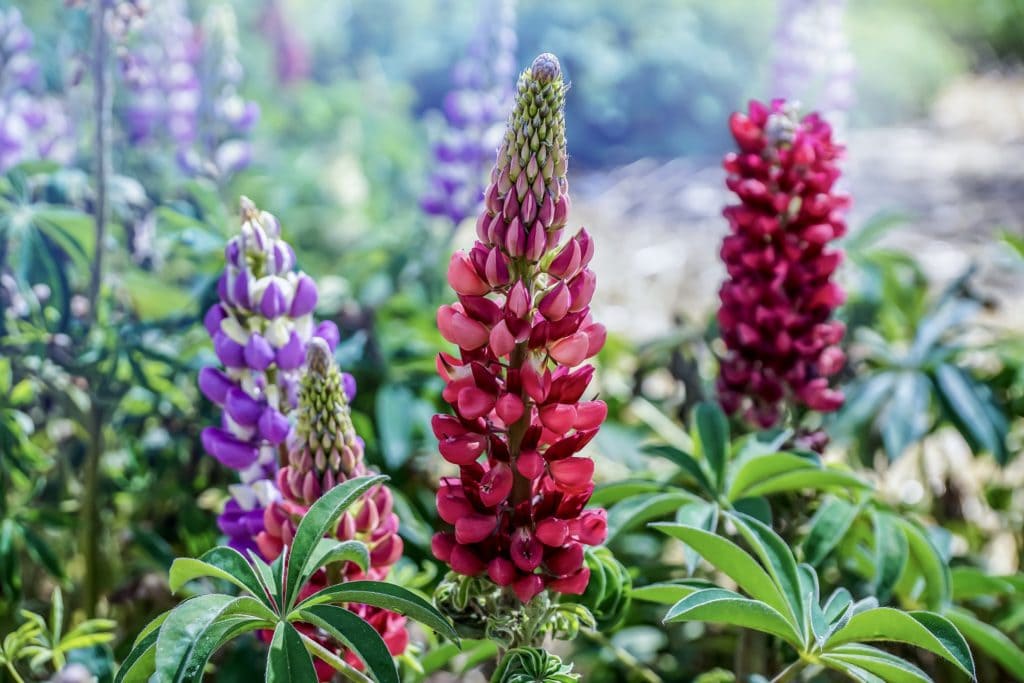
| Latin name: | Lupinus Polyphyllus |
Lupins are beautiful perennial flowers. They are especially effective at attracting butterflies and other pollinators. They produce nitrogen, which your cilantro will use to full effect, and their stalks of flowers can help protect the herbaceous cilantro from intense sun.
13. Mint
| Latin name: | Mentha |
Mint enjoys the same conditions as cilantro while growing. It will grow in shaded areas and enjoys moist soil. And, because it spreads, it can prevent the soil from eroding while also trapping moisture and retaining it so that other plants can use the moisture for their benefit. It also attracts bees, hoverflies, and wasps, all of which help control the population of plant-eating bugs.
14. Peas
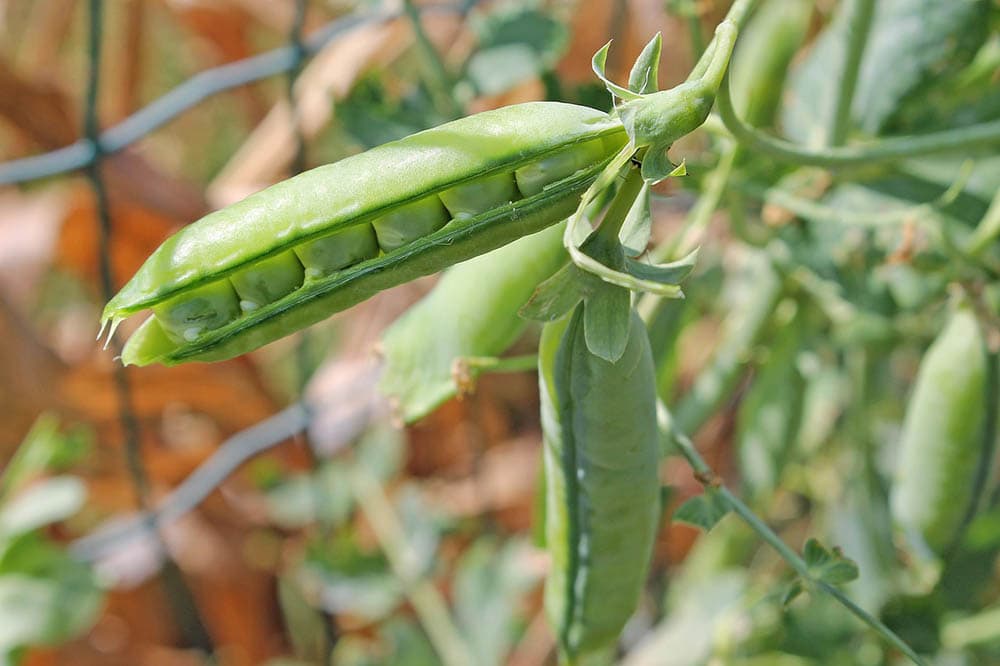
| Latin name: | Pisum sativum |
Peas are a good accompaniment to cilantro because, like beans, they produce nitrogen that will be readily used by your cilantro. Planting peas early prepares the ground so that it has all the nutrients cilantro requires, when it needs them.
15. Sunflowers
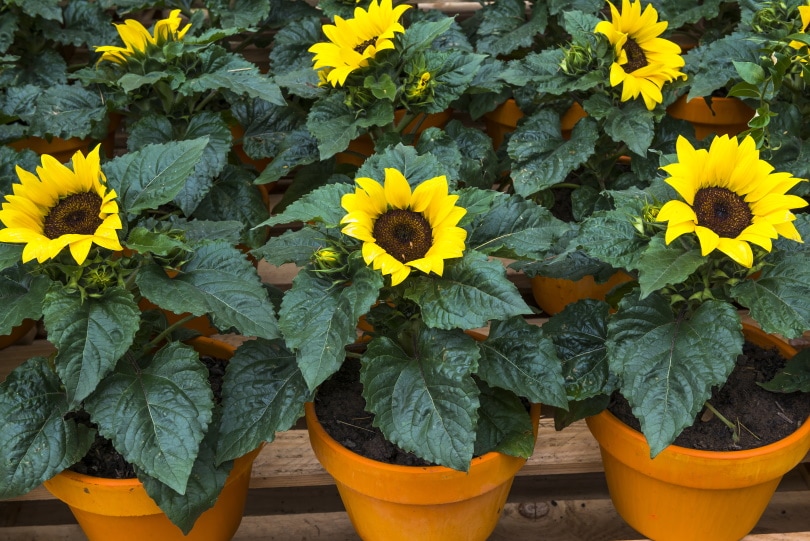
| Latin name: | Helianthus |
Sunflowers are tall plants that can cast a decent shadow over the delicate leaves of cilantro plants. However, you want to avoid using the really tall species, or they will cast shadows elsewhere and you won’t get the benefit of companion planting for your cilantro. Sunflowers are a popular choice because they are bright, bold, and beautiful.
16. Sweet Alyssum
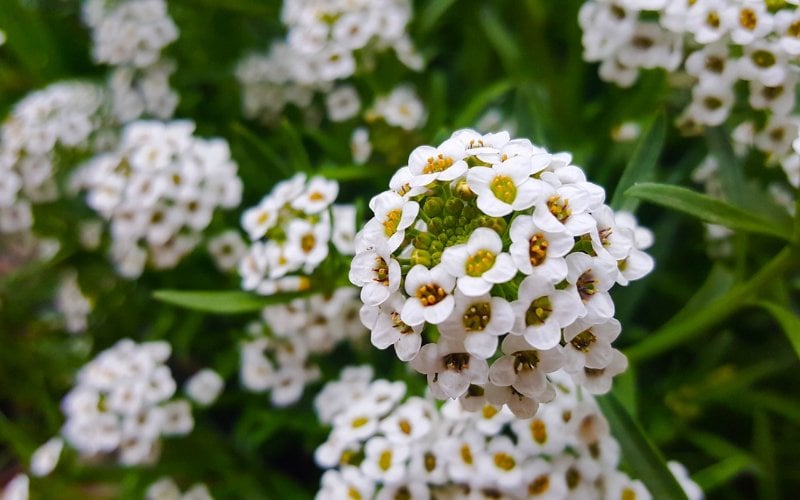
| Latin name: | Lubularia maritima |
Sweet alyssum is an annual or perennial and is a member of the mustard family. It is most often grown as an ornamental, in borders, and is a popular cilantro companion plant for its ability to attract ladybugs and larvae, which eat aphids and prevent them from decimating your cilantro.
17. Tansy
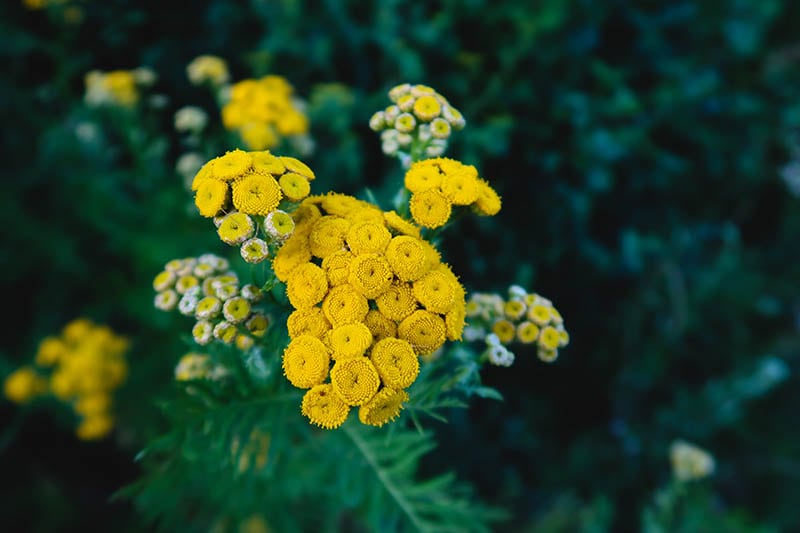
| Latin name: | Tanacetum vulgare |
Tansy is an herbaceous flower that is part of the aster family. It is a tall plant that can be used to provide a good amount of shade for your cilantro without taking over the beds.
Despite what you might read about tansy having been used as a flavoring agent, do not consume any parts of this plant because it contains a toxin that can actually cause brain damage. It’s also prohibited in some parts of North America because it can take over easily, so do check before planting this companion.
18. Tomatoes
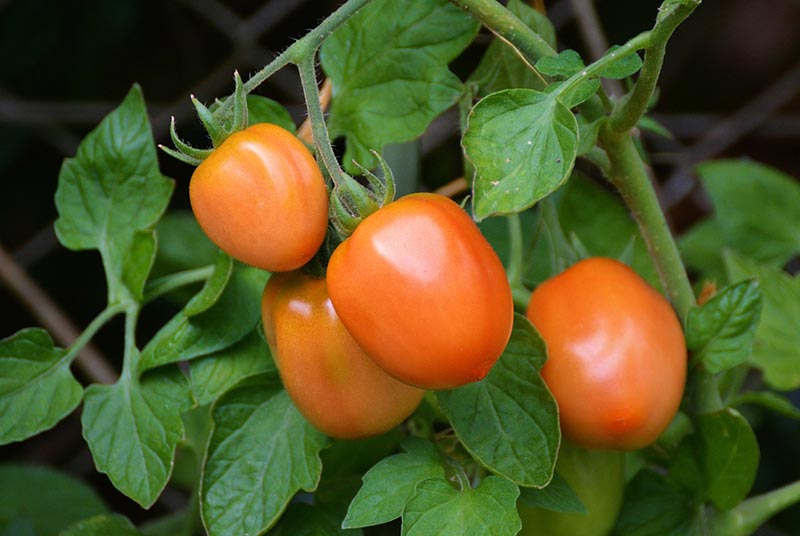
| Latin name: | Solanum lycopersicum |
Tomatoes and cilantro can grow well together. The tomatoes provide shade for the cilantro, and the two should complement one another well. However, be aware that tomatoes won’t grow well alongside other nitrogen-producing plants that are often used as cilantro companions, so you will need to check what else is growing first.
19. Yarrow
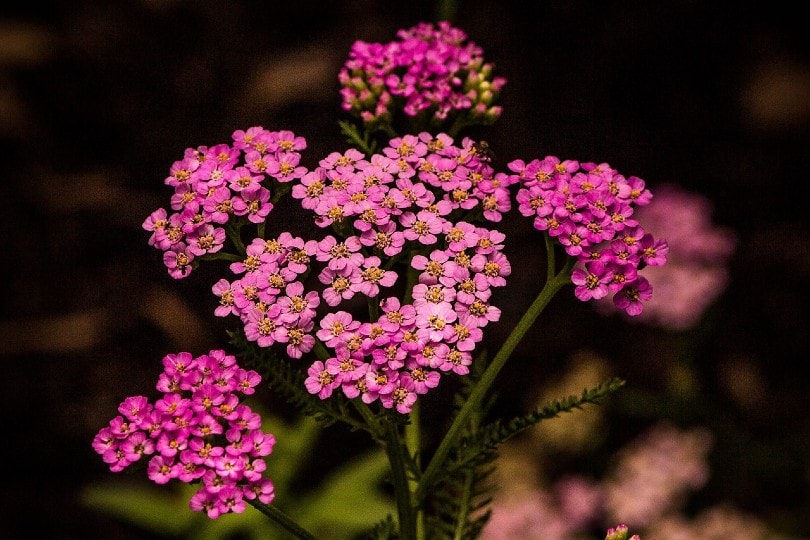
| Latin name: | Achillea millefolium |
Yarrow is a tall plant that can be used as a shade-giver for cilantro. It comes in a variety of colors from yellow to red, and it is a hardy plant that is resistant to pests and drought. It attracts pollinators and is also used for its medicinal properties throughout the world.
20. Zinnias

| Latin name: | Zinnia |
Zinnia is a member of the daisy family. It attracts a lot of different pollinators, typically in large numbers, and its large flowers and leaves also provide shade for your cilantro.

5 Worst Companion Plants for Cilantro
Not all plants make good garden companions for cilantro. In some cases, they can inhibit the growth of cilantro. They might attract pests that are known to feed on cilantro, or it may be the cilantro that is bad for the other plant. Five plants to avoid planting with your cilantro are:
1. Fennel

| Latin name: | Foeniculum vulgare |
Fennel is a member of the carrot family that has yellow flowers and soft, feathery leaves. Its seeds are commonly used in cooking, but this herb does not make a good companion for cilantro or many other herbs because it secretes a substance that prevents other herbs from growing properly.
2. Carrot

| Latin name: | Daucus carota |
Carrots belong to the same family as fennel, and carrot plants can struggle if they are planted close to cilantro because the herb secretes a substance that will prevent the carrots from growing efficiently.
3. Lavender

| Latin name: | Lavandula |
Lavender enjoys sandy soil and a drier environment than cilantro, which means that you won’t be able to provide the right growing conditions for both of these plants and one will suffer.
4. Oregano
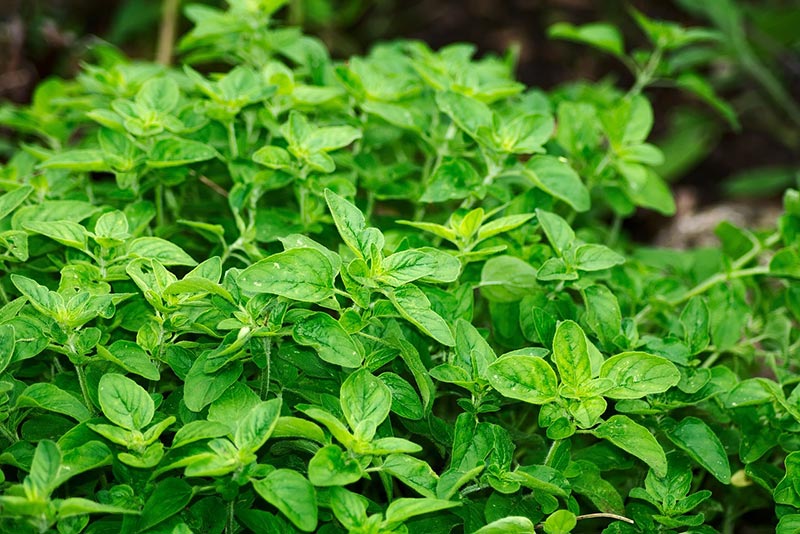
| Latin name: | Origanum vulgare |
Oregano, like lavender, requires drier conditions if it is to thrive. If you do want to combine these types of plants with different growing conditions, you will benefit from putting them in separate planters. This enables you to more accurately and independently control the moisture and nutrient levels for each.
5. Rosemary
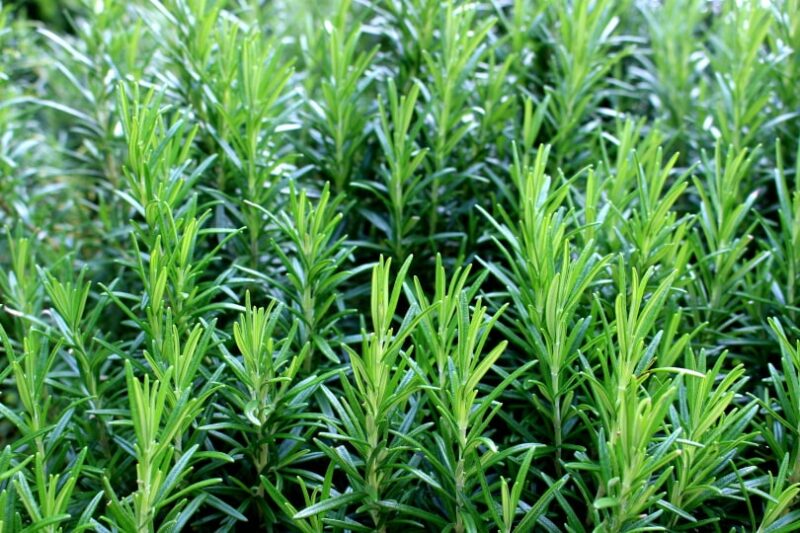
| Latin name: | Salvia rosmarinus |
Rosemary is an herb that is popular in cooking. It has a wonderful aroma that also makes it a popular choice for the garden, but it shouldn’t be planted with cilantro because it requires drier soil, so you won’t be able to successfully grow the two types of plants together.

What Pests Does Cilantro Repel?
Cilantro makes a good companion plant for other plants because it has pest-repellent properties. It is especially effective at deterring potato beetles, so it is a good companion for potato crops. It can also repel aphids and spider mites.
Does Cilantro Like Full Sun?
Cilantro does enjoy full sun for approximately 6 hours a day, but its leaves are quite delicate and can easily burn if they receive too much strong sunlight. Find companion plants that can shade the cilantro from some of the sun while still allowing it several hours a day to enjoy the UV.
If cilantro gets too hot, it can also bolt. Bolting is when the plants seed too early.
Does Cilantro Need Lots of Space to Grow?
Cilantro does well when grown in compact conditions. The leaves and the body of the flower will protect the roots, therefore preventing bolting.
Does Cilantro Come Back Every Year?
Cilantro can survive through mild winters, but it is not frost-resistant, so it is more likely that the herb will die off as winter approaches. Most gardeners treat the herbaceous plant as an annual.
Where Does Cilantro Grow Best?
The herb prefers relatively cool temperatures, despite the fact that it will die off during frost. And while it does enjoy full sun, it should be given afternoon shade if the temperature gets too high. Although it sounds like a difficult plant, it is considered relatively easy to grow successfully.

Conclusion
Cilantro is a popular herbaceous plant. It is typically grown as an annual because it will not survive most winters. All parts of the plant are edible, although the leaves do become very bitter if the plant is allowed to flower, so it is best to avoid this and cut the leaves and stems before flowers emerge. It enjoys slightly acidic soil that is rich and drains well and it can benefit from having companion plants that provide it with nitrogen or that offer some shade during hot afternoons.
Featured Image Credit: Skorchanov, Pixabay
Contents

